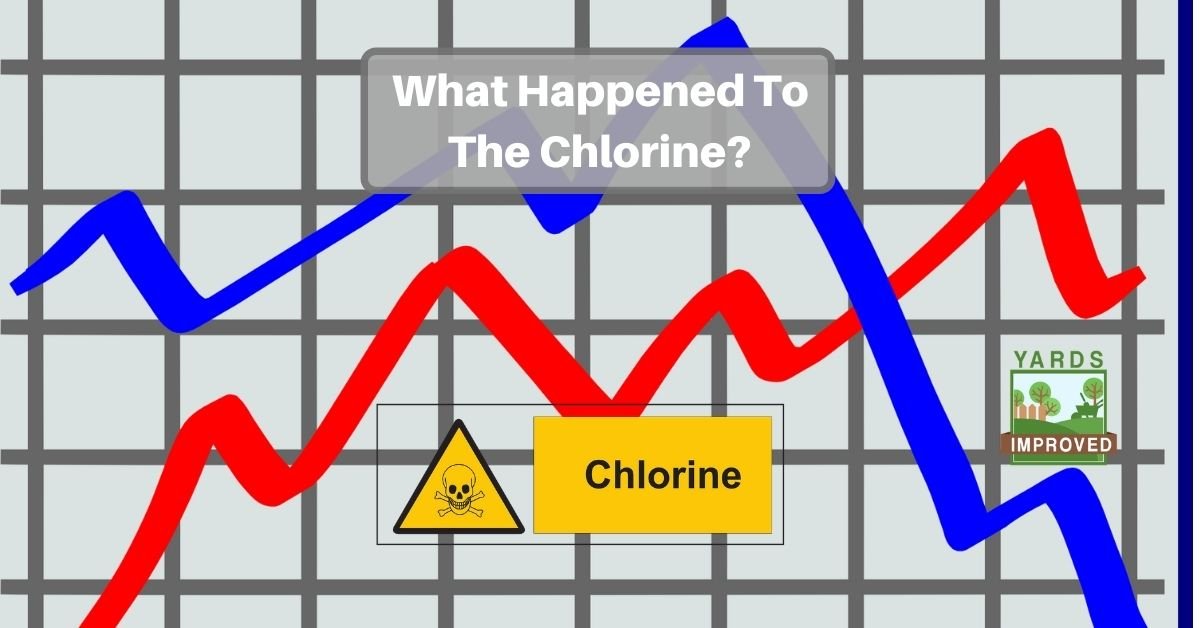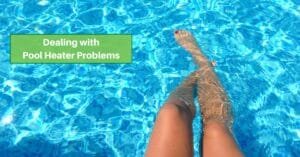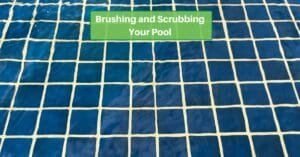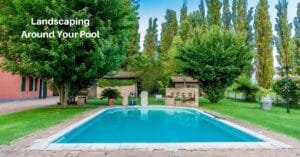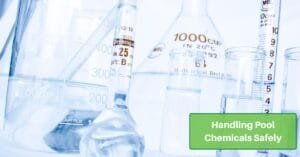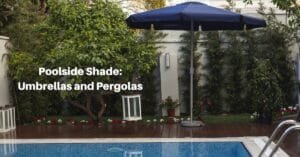The summer of 2021 may bring an unexpected problem for swimming pool owners. Suddenly, chlorine is in short supply!
Yes, the year is going to be marked by a scarcity of the chemical used to treat the vast majority of swimming pools. That also means the price of the available supply has skyrocketed.
Taking a dip in the pool normally presents a welcome respite from the heat of the summer. Your pool could get even more use than normal as many areas are still dealing with the COVID-19 pandemic.
But if you can’t get your hands on chlorine, what alternatives do you have for keeping your pool in pristine condition?
Let’s take a look at the causes of the shortage. Then we’ll examine some steps that will help us still get the most out of our pools.
What Caused The Chlorine Shortage
We’ve seen higher prices in a lot of areas recently, especially in the construction industry. But the chlorine shortage isn’t related to increased demand.
On August 27, 2020, a fire broke out at the BioLab plant in the Lake Charles region of Louisiana. Atmospheric electricity during Hurricane Laura ignited chlorine gas in the plant. It took 50 hours to completely extinguish the blaze.
Any pool owner knows how strong a chemical chlorine is. Fortunately, the incident did not appear to cause any injuries or illness. However, the facility is undergoing extensive rebuilding and 100 employees were laid off about a month after the incident.
Steps You Can Take During The Chlorine Shortage
Running a pool is already expensive, and in some places, the cost of chlorine is double what it was a year ago. What can you do if you want to still run your pool?
If you’re lucky, the market may settle and prices drop to normal levels again. However, that may take some time.
Hopefully, you’ll have some chlorine left from previous years. When sealed properly, it’s good for three to five years. So you can use the “leftovers” without worry.
You can also be more careful about keeping your pool clean. These aren’t perfect methods, but they can keep your water cleaner a bit longer.
Shower yourself off before hopping into the pool so you don’t track grass clippings, leaves, or other particles along with you.
Spend some extra time skimming and vacuuming the pool, too. Leave the filter on longer, too. This will increase your electric bill, but may turn out cheaper than buying chlorine!
Alternative to Chlorine
You can also make more drastic changes to get through “Poolmageddon”, as one TV station calls this problem. Chlorine may be the most popular chemical to keep swimming pools clean but there are alternatives.
Find out more about chlorine alternatives for swimming pools.
A saltwater filtration system is one way. No, it’s not ocean water; it’s about a tenth as salty as seawater! A converter turns the salt into chlorine, so you don’t have to worry about adding the latter yourself. The transition can be costly, ranging from about $500 to $2000. But it could be worth it for the enjoyment you’ll get out of the pool.
You could also switch to bromine. It’s that simple – instead of using chlorine tablets, use bromine ones. Be sure to replace your tablet feeder and don’t use your chlorinator, however. You don’t want to mix the two chemicals! (Going from bromine to chlorine takes a bit more work).
Conclusion
Don’t let the chlorine shortage ruin your hopes of a relaxing dip this summer! Extra cleaning or choosing an alternative can ease the pain. Hopefully, things will be back to normal soon and we’ll be able to cool off carefree!

